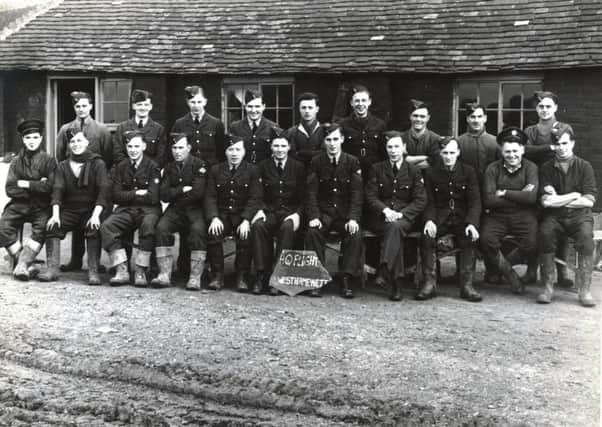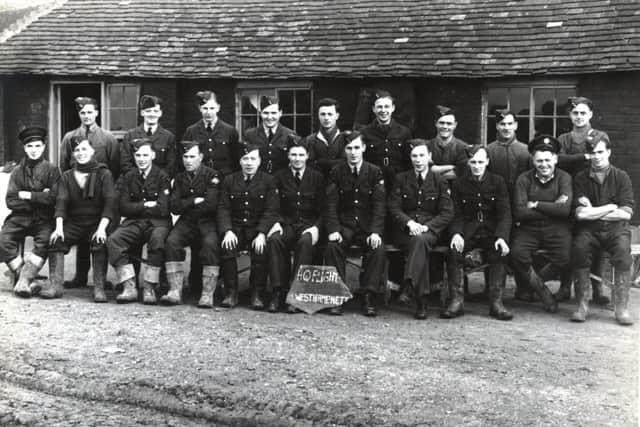Battle of Britain: How Goodwood helped to win the battle for the skies


“Having taxied in, we began to get the feeling of our new surroundings. Our predecessors, 145 Squadron, flying Hurricanes, had lost twelve of their aircraft destroyed, with eleven pilots killed, in the three days 8th, 11th, and 12th August [1940].
“On the 12th, the day prior to our arrival, 512 enemy ’planes had been plotted on radar. 145 Squadron had, I recall, only four pilots left and they were forthwith despatched to Dyce in Scotland for recuperation.”
Advertisement
Hide AdAdvertisement
Hide AdPilot Officer Rose was one of ‘The Few’ of RAF Fighter Command, who in 1940 was flying with 602 (City of Glasgow) Squadron and based at RAF Westhampnett, now known as Goodwood airfield.


Even as late as 1938, Goodwood was literally a field with no purpose-built facilities other than a windsock – the latter serving as a reminder of the airfield’s pre-war link with aviation through the 9th Duke of Richmond.
Frederick Charles Gordon Lennox, the 9th Duke of Richmond, Lennox, Gordon and Aubigny (1904-1989), had been a keen aviator.
He not only designed and flew his own aircraft, but developed his own flying field to the south of Goodwood House, complete with a thatched hangar to house his aircraft.
Advertisement
Hide AdAdvertisement
Hide AdThe status of the airfield changed just prior to the Battle of Britain when it was upgraded to serve as a satellite airfield of nearby Tangmere and grass runways were laid out.
Only then did some basic facilities start to appear, amongst which was a Watch Office. Generally speaking though, throughout the early stages of the war there was a distinct lack of facilities.
Aircraft were often maintained and serviced in the open, whilst airmen slept in tented accommodation – although the officers were initially accommodated in relatively luxurious surroundings, initially at Woodcote Farm then Shopwyke House.
The two cottages that stood within the airfield boundary (both of which are still standing) were quickly put to good use, as were many surrounding buildings, accommodating, for example, the NCO pilots and cooking/messing facilities.
Advertisement
Hide AdAdvertisement
Hide Ad